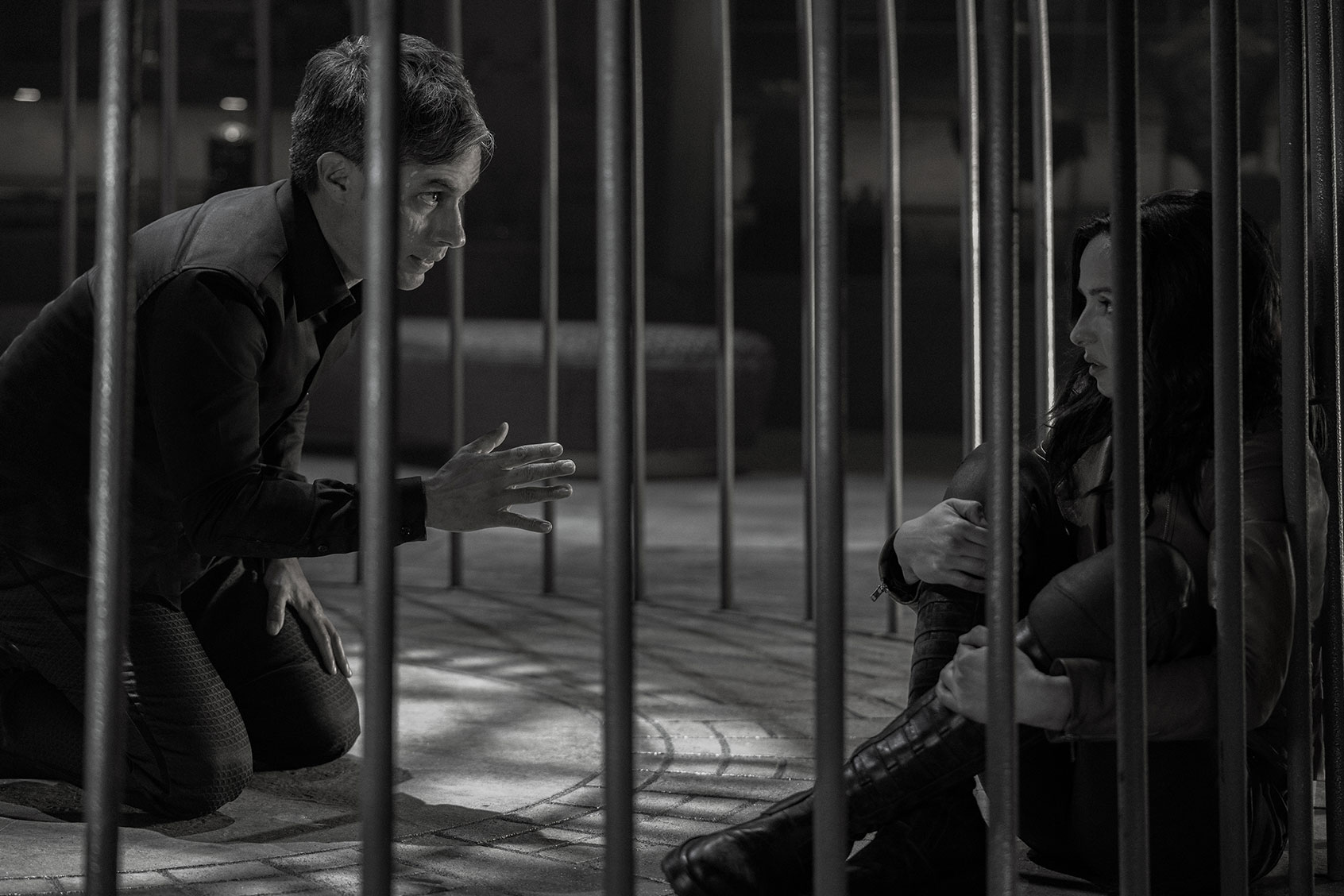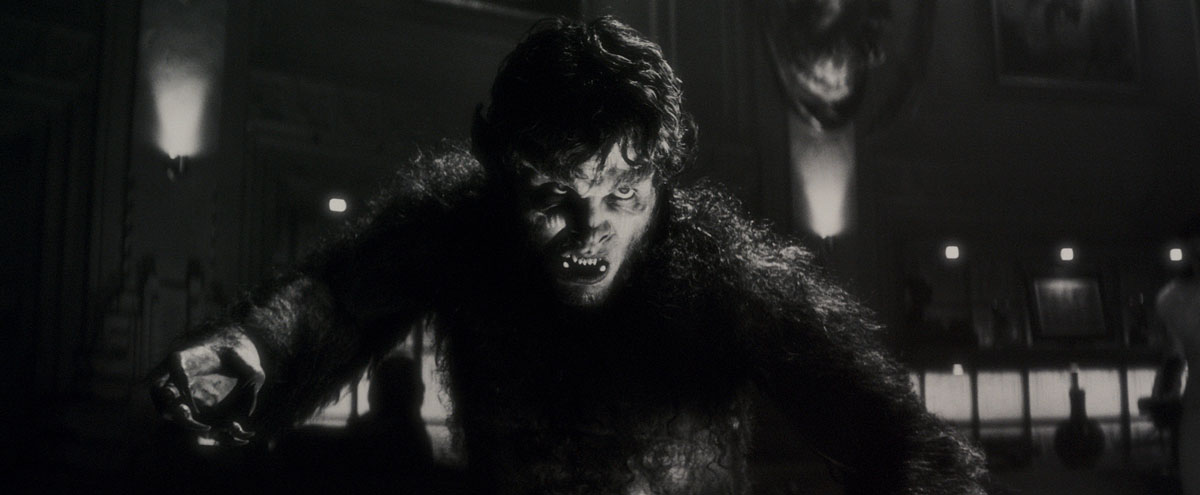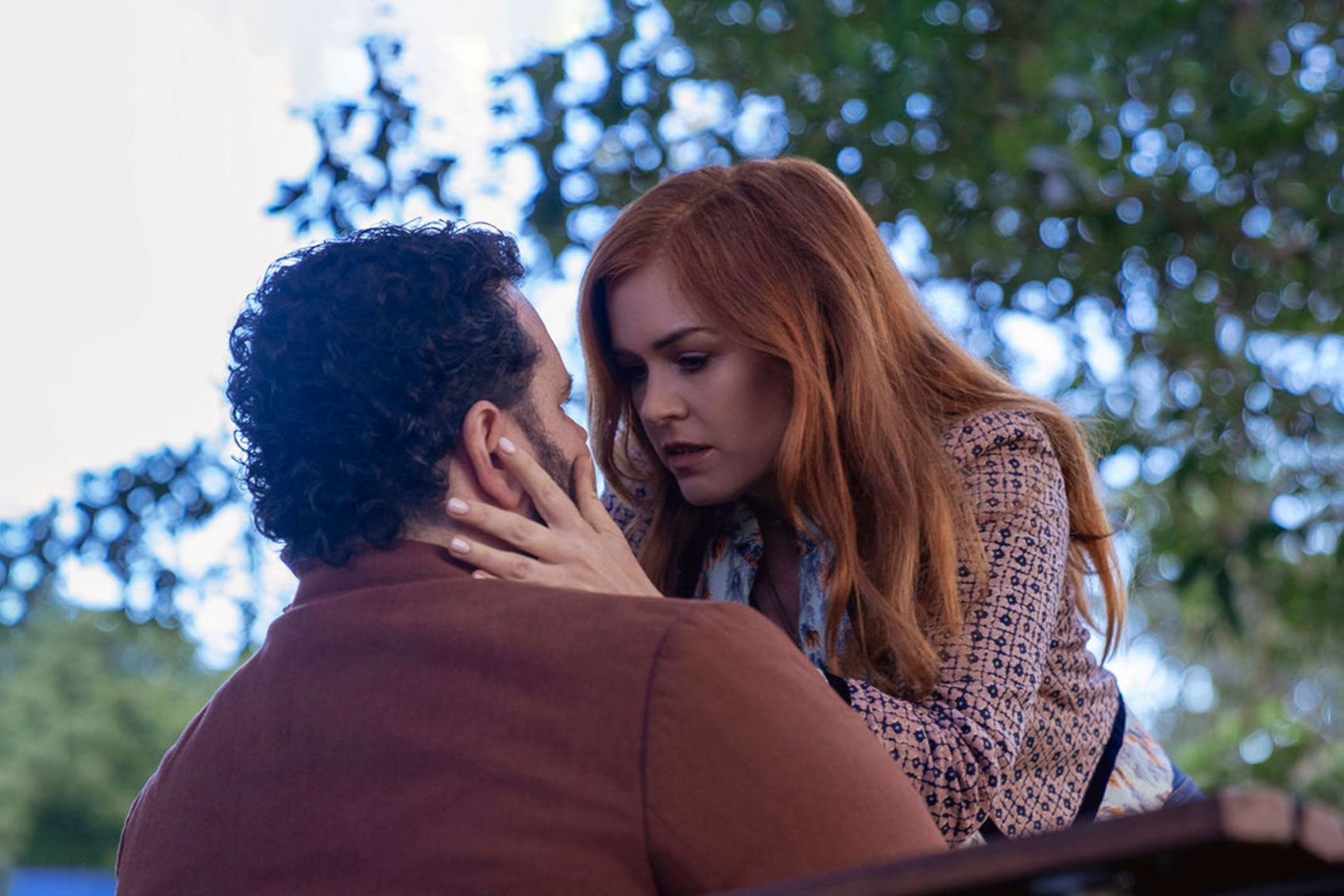Of all the supernatural creatures, werewolves get the least love.
They’re excessively hairy. Their transformation onscreen is always graphic, with nails and teeth elongating, spines splitting — humans brought down to the floor on all fours by the pain, by becoming something else.
Werewolves lack the glamour of vampires, who seem above it all, or the disregard of zombies, who couldn’t care less about humans as anything other than meat. Werewolves haven’t totally become one thing, usually, or abandoned completely their old life. They switch back and forth, controlled by the brute force of the moon. They have one paw in the animal world and one foot still in the human. And they’re usually male.
Women have the power of transformation but not the benefits. They make the wolf but cannot be the wolf.
According to History, “It’s unclear exactly when and where the werewolf legend originated,” though History points possibly to “The Epic of Gilgamesh” where the title character rejects the goddess Ishtar as a lover due to her turning an ex-lover into a wolf. Right away, women have the power of transformation but not the benefits. They make the wolf but cannot be the wolf.
 Gael García Bernal as Jack Russell and Laura Donnelly as Elsa Bloodstone in “Werewolf by Night” (Photo by Chuck Zlotnick/MARVEL)Something approximating a werewolf also features in early Greek mythology, where Lycaon and his sons are turned into wolves by Zeus as punishment. Again, being a werewolf is a penance, designed to make someone suffer. You are at the mercy of your animal want, unable to control yourself, which must be the worst reckoning. And it must be male, as so-called “real” werewolves from history were, from Gilles Garnier to Michel Verdun and Pierre Burgot. These men and others, overwhelmingly French (writer Tim Flight describes eastern France as “a real hub of werewolf activity in the 16th century”), were convicted of crimes so brutal, from child murder to cannibalism, their motives were ascribed to be inhuman. They could not be men but beasts. Werewolf trials, with mostly men as the accused, predated witch trials, with mostly women.
Gael García Bernal as Jack Russell and Laura Donnelly as Elsa Bloodstone in “Werewolf by Night” (Photo by Chuck Zlotnick/MARVEL)Something approximating a werewolf also features in early Greek mythology, where Lycaon and his sons are turned into wolves by Zeus as punishment. Again, being a werewolf is a penance, designed to make someone suffer. You are at the mercy of your animal want, unable to control yourself, which must be the worst reckoning. And it must be male, as so-called “real” werewolves from history were, from Gilles Garnier to Michel Verdun and Pierre Burgot. These men and others, overwhelmingly French (writer Tim Flight describes eastern France as “a real hub of werewolf activity in the 16th century”), were convicted of crimes so brutal, from child murder to cannibalism, their motives were ascribed to be inhuman. They could not be men but beasts. Werewolf trials, with mostly men as the accused, predated witch trials, with mostly women.
The first known werewolf in film was a woman.
Culture mainly falls in line with this depiction. From 1935’s “Werewolf of London” to Lon Chaney, Jr. in “The Wolf Man” to “Teen Wolf” (movie and series to movie) and the “Twilight” saga to Disney+’s “Werewolf By Night,” released just this year, the main or only werewolf character is usually a male one. But the first known werewolf in film was a woman. In 1913’s silent short film “The Werewolf,” a woman teaches her daughter to transform into a wolf to seek vengeance after abandonment. As Bloody Disgusting writes, the “transformation sequence involved a real wolf and camera dissolves.” But after initial theatrical distribution, “a 1924 fire destroyed all prints of the 18-minute film. It’s now lost forever.”
 Gael García Bernal as Jack Russell in “Werewolf by Night” (Photo courtesy of Marvel Studios)Men and boys transformed into werewolves throughout 1950s, ’60s and ’70s with films like “I Was a Teenage Werewolf,” “The Curse of the Werewolf” and “The Boy Who Cried Werewolf.” “An American Werewolf in London” was once a young man, and it’s a werewolf with a massive mane Michael Jackson’s stand-in character transforms into at the scary movie in the “Thriller” video. And at the end of the video? Jackson has animal eyes.
Gael García Bernal as Jack Russell in “Werewolf by Night” (Photo courtesy of Marvel Studios)Men and boys transformed into werewolves throughout 1950s, ’60s and ’70s with films like “I Was a Teenage Werewolf,” “The Curse of the Werewolf” and “The Boy Who Cried Werewolf.” “An American Werewolf in London” was once a young man, and it’s a werewolf with a massive mane Michael Jackson’s stand-in character transforms into at the scary movie in the “Thriller” video. And at the end of the video? Jackson has animal eyes.
But 1981’s “The Howling” saw a woman transform into a hairy and fearsome beast, as did 1984’s “The Company of Wolves,” an adaptation of several of Angela Carter’s short stories from her collection “The Bloody Chamber.” The 1985 sequel to “The Howling” introduces a werewolf queen, leader of a supernatural sex coven, who’s too powerful even to be defeated by silver, that Kryptonite of lesser werewolves.
Becoming a werewolf for a woman involves taking back power.
Female werewolves are often hyper-sexual and sexualized, with their transformation a part of mating rituals, a way to overpower and possess weak human men. As in one of Carter’s stories, Anna Paquin’s character starts 2007’s “Trick ‘r Treat” as a Little Red Riding Hood. But it’s just a disguise for what she truly is beneath the red cape, a powerfully carnivorous and carnal creature, capable of destruction. As a YouTube video on the “10 Dangerous But Beautiful Werewolves of All Time!” notes, female werewolves “have the ability to scare the wits out of you, and still make you want them.”
 Isla Fisher as Mary in “Wolf Like Me” (Mark Rogers/Peacock)Becoming a werewolf for a woman involves taking back power. For the teen girls in the 2000s’ “Ginger Snaps” trilogy, it involves coming into power for the first time, having some ability to defend yourself and claw back the agency denied to you. To flounder as a female werewolf is to fail to control yourself, which sounds a lot like the restrictions placed on girlhood and womanhood in general.
Isla Fisher as Mary in “Wolf Like Me” (Mark Rogers/Peacock)Becoming a werewolf for a woman involves taking back power. For the teen girls in the 2000s’ “Ginger Snaps” trilogy, it involves coming into power for the first time, having some ability to defend yourself and claw back the agency denied to you. To flounder as a female werewolf is to fail to control yourself, which sounds a lot like the restrictions placed on girlhood and womanhood in general.
The main werewolf of “Buffy the Vampire Slayer” is Oz (Seth Green), the sweetheart until he isn’t, who locks himself in a library cage on full moon nights, until he doesn’t. But the show also features a brief but memorable female werewolf, Veruca (Paige Moss). According to “The Spinsters of Horror,” Veruca’s “depiction of femininity and monstrousness is strong. Veruca is a confident, sexy, intelligent woman and she is immediately seen as a threat to the women of the Scoobies.” Characterized as unlikable, empathy-less and aggressively sexual, Veruca “believes that she is the wolf all the time, whereas Oz believes he is a wolf just three days out of the month.” For a woman to be a werewolf, she must be the villain.
 Isla Fisher as Mary in “Wolf Like Me” (Mark Rogers/Peacock)Being a werewolf as a woman also seems like the domain of teens, like Rahne in “The New Mutants.” Because adult women don’t change, right? Peacock’s 2022 “Wolf Like Me” feels startlingly different because the werewolf is both a woman and a grown-up: Isla Fisher as Mary, who nonetheless struggles with adulthood, with a messy house, scattered appearance and vague artistic aspirations. But Mary’s battle to hold it all together, exasperated immensely by her wolf secret, comes into sharper focus when she meets a man with a young daughter, and falls in love with both of them. Her maternal protective instinct becomes a hugely emotional plot point and separates the show from the pack. She controls herself not because of the man but because of the child.
Isla Fisher as Mary in “Wolf Like Me” (Mark Rogers/Peacock)Being a werewolf as a woman also seems like the domain of teens, like Rahne in “The New Mutants.” Because adult women don’t change, right? Peacock’s 2022 “Wolf Like Me” feels startlingly different because the werewolf is both a woman and a grown-up: Isla Fisher as Mary, who nonetheless struggles with adulthood, with a messy house, scattered appearance and vague artistic aspirations. But Mary’s battle to hold it all together, exasperated immensely by her wolf secret, comes into sharper focus when she meets a man with a young daughter, and falls in love with both of them. Her maternal protective instinct becomes a hugely emotional plot point and separates the show from the pack. She controls herself not because of the man but because of the child.
Want a daily wrap-up of all the news and commentary Salon has to offer? Subscribe to our morning newsletter, Crash Course.
To take back the female werewolf is to reclaim animalistic power and desire, and not being perfect always. As Rachel Harrison writes in 2022’s werewolf novel “Such Sharp Teeth,” when a man tells the main character she’s beautiful, the (animal-attacked) woman thinks, “But I need him to love me ugly.” A woman werewolf can have or be it all: a monster sometimes. A good parent. A sexual being and a well-rounded one. That’s something to howl about.
Read more
about monsters


